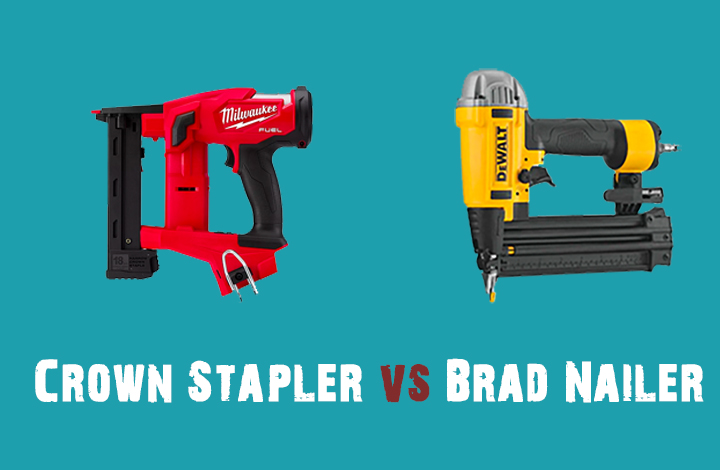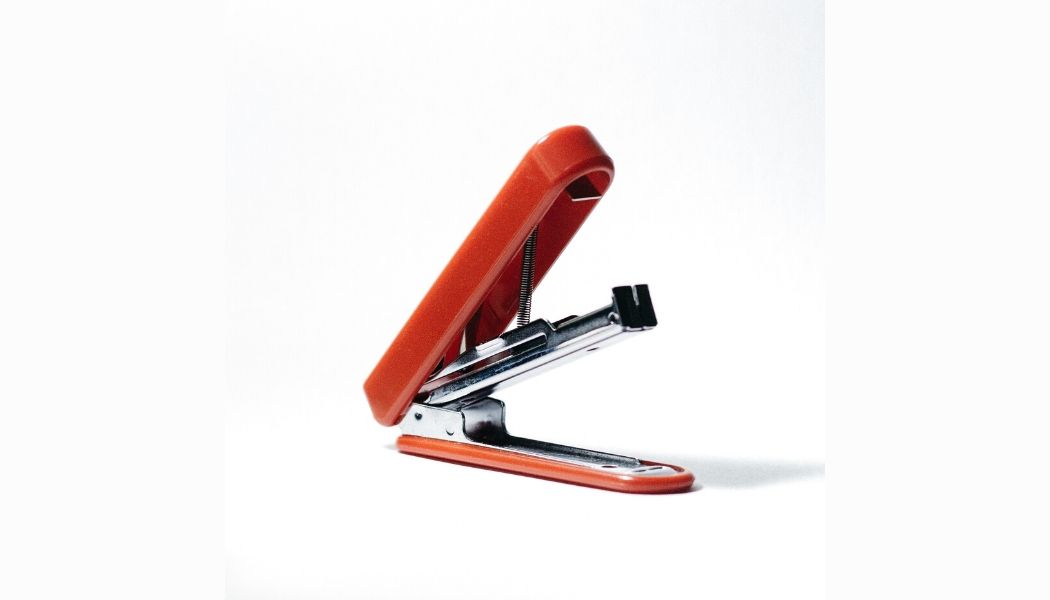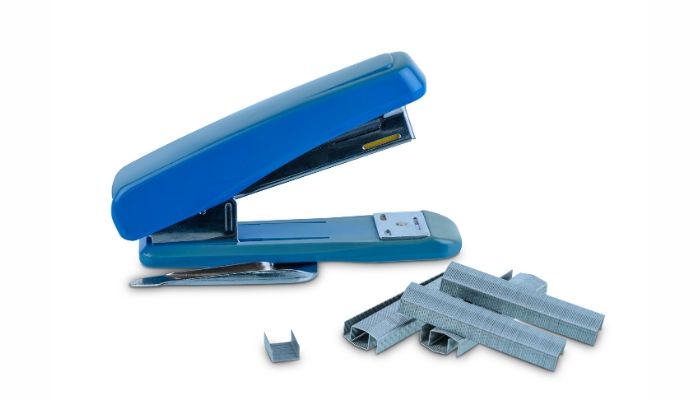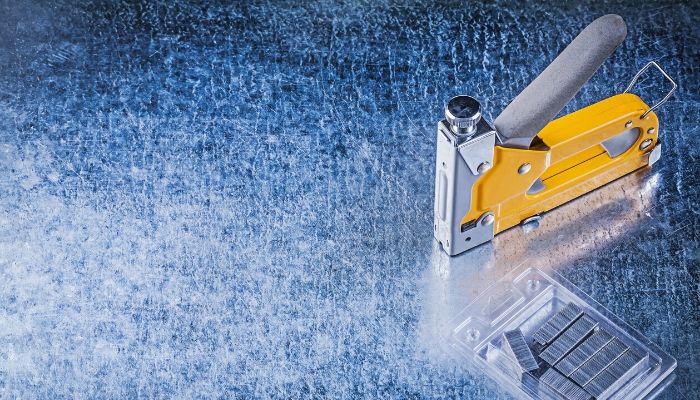Overview of Crown Stapler
Crown staplers use staples to fasten things together. Crown staples come in different sizes, in terms of the width of the crown and gauge of the staple. Normally, crown width is referred to as wide, medium, and narrow. The width of the staple crown together with the width and length of the staple legs help to establish holding power. The larger, the heavier duty the staple.
Applications
Staples are used in different applications. However, the crown of the staple determines how big holes will be left behind. Consequently, they are best suited for places where the appearance does not matter or if the hole will be hidden. The width of the crown include:
- Narrow crowns
These are best suited for fabric, trim, and light framing projects. Using staples for trim is advantageous in that they do not need to be in conjunction with adhesive to maximize holding power. The downside is that using a narrow crown stapler for the application of trim will force you to go back over it with putty or a filler.
Narrow crown staples can be used for fabric. If you have an upholstery project and lack a fabric stapler, you can use narrow crowns. However, you should note that using narrow crowns can cause ripping and tearing around penetration points. Thus, you will not attain a hold that is effective as the one offered by an upholstery stapler.
When you have light framing jobs and you are using ¾-inch material or smaller, narrow crown staples are the best fit. They provide good holding power and will not damage your framing material compared to a larger staple. You should use an adhesive to cement the hold.
- Medium crowns
These provide a greater holding power but cause more damage to the surface because of the greater size. You can use medium crowns for different applications such as plywood sheathing, siding, and subflooring. The advantage of using a medium crown for siding is that it overlaps, therefore, the holes will be covered with the next piece of siding that you use.
- Wide Crowns
These ought to be used for the heaviest duty including construction applications such as truss building, roofing, and house wrap. Most applications tend to conceal the penetration point, making the hole from the crown to be unnoticeable.
Advantages of a Crown Stapler
- Different sizes for different applications
- Good for heavy-duty projects
Disadvantages of a Crown Stapler
- It is not aesthetically pleasing
Overview of Brad Nailers
Brad nail guns use straight fasteners known as brads, which come in different lengths and gauges. The gauge of a brad is what determines its holding power. Thus, a thinner brad will not offer a good holding power compared to a wider brad. On the other hand, the length of the brad determines the material that it will penetrate. The rule of thumb when using a brad or any fastener is that the fastener should be twice the length of the material it is going through to make it holdfast.
Applications
Brad nailers have multiple applications, but none of them include heavy duty. The primary function of a brad nailer is to fasten materials together with minimal damage to the material. Therefore, this limits the amount of patching that requires to be done when you use a brad nailer to finish work.
Brad nail guns are the best when it comes to finishing work. They are the ideal tool when your project is for trim, paneling, and fascia. The main reason is that they do not cause a lot of damage to the surface of your material. Additionally, they make a cleaner finish in the applications.
Holding Power
When you are using a brad nail gun for fastening, there are important things you should take into account. One, brads do not have the holding power of staples or finish nails. Therefore, the adhesive should be used in most applications to improve the hold of the fasteners. Two, brad nailers lack sheer strength. Thus, you should never use them in weight-bearing applications. There are bigger nail guns that can be used for such applications.
Advantages of a Brad Nail Gun
- Ensures that you have a clean finish
- Best suited for light-duty projects
Disadvantages of a Brad Nail Gun
- Not as strong as crown staplers
Similarities between Crown Staplers and Brad Nailers
- Both are used to fastening things together
- Both use compressed air to drive fasteners into the surface of the material
- Both are powerful and can be used to drive staples of nails using force
- Both are designed for use in furniture. Brad nail guns offer more versatility in other applications
- Both are designed to offer a permanent solution
Differences between Crown Staplers and Brad Nailers
- Crown staples leave behind large holes on the surface of the wood. If you want to remove a staple that has been driven in, you will greatly damage the piece of wood. On the other hand, a brad nail gun leaves very small hole marks.
- A crown stapler is only designed for upholstery projects. On the other hand, a brad nail gun can be used for different woodwork projects.
Conclusion
With the information provided in this article, you now understand what a brad nail gun is and what a crown stapler is. This article has highlighted the similarities and the differences between a crown stapler and a brad nail gun. Therefore, it should be easy to make the decision on which tool to use for your project.




Leave a Reply